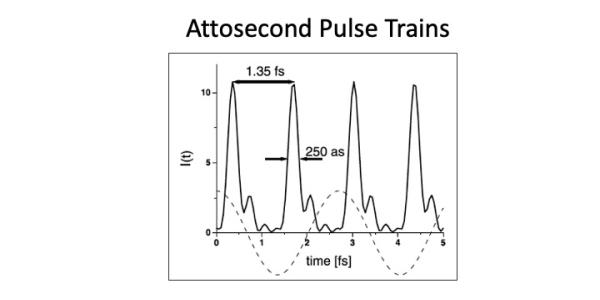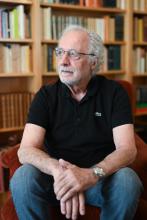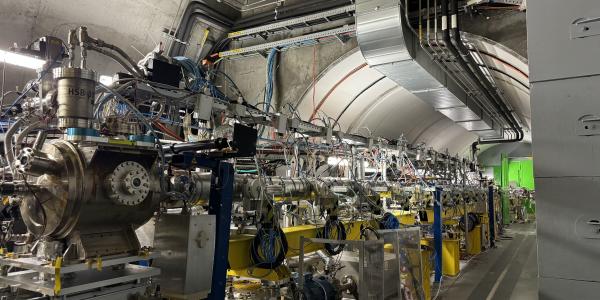
Joint SLAC and Stanford Physics special colloquium: Attosecond pulse trains, RABBITT and applications
Dr. Pierre Agostini, The Ohio State University, Emeritus Professor, and 2023 Physics Nobel Prize Laureate
Abstract: Attosecond pulse trains (APT) emerged from high harmonics (Anne L’Huillier et al, 1987) and their spectral phase determination by RABBITT (Pierre-Marie Paul et al, 2001). Although the record of the shortest pulse of 43 attoseconds belongs to the technique of isolated attosecond pulse (IAP) [1], APT and RABBITT have been extremely popular over the last 20 years. In this talk I will briefly review the physics involved in both as well as some applications at Ohio-State including photoionization delays, and the recent timing of non-sequential double ionization [2]. In conclusion I will evoke the advent of zeptoseconds in photoionization delays [3] and the future of attosecond science high-power IAP at free-electron laser [4].
[1] T. Gaumnitz et al., Opt. Express 25: 305, (2017).
[2] A. Piper et al, submitted (2024).
[3] S. Grundmann et al Science, 370: 339 (2020).
[4] J. Duris et al Nature Photonics 14 :30 (2020).
About Dr. Pierre Agostini

Pierre Agostini, born 1941 Tunis, Tunisia.
PhD Université Aix- Marseille (France) 1967 (Advisor Prof. Henri Chantrel).
Intern Commissariat Energie Atomique, Service de Physique Atomique et Moleculaire 1967-1968. Tenure 1968-2002.
Professor of Physics Ohio-State University 2005-present.
Prix Académie des Sciences with Gerard Mainfray, and Yves Gontier for Discovery of ATI 1995.
Humboldt Senior Fellowship 2005.
Fellow American Optical Society 2007.
Prize William F Meggers from Optical Society of America 2007.
Nobel Prize of Physics with Anne L'Huillier and Ferenc Krausz 2023.
Audience:


